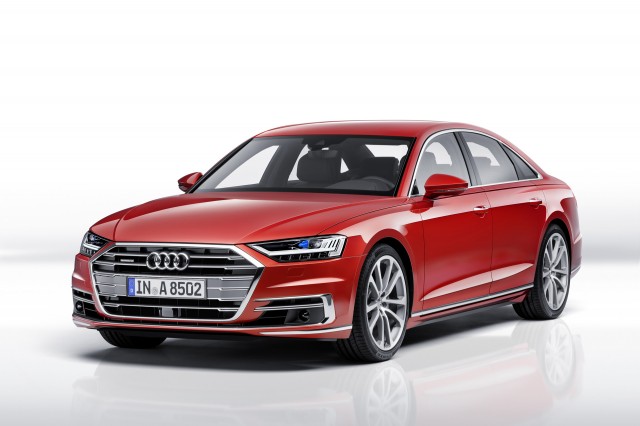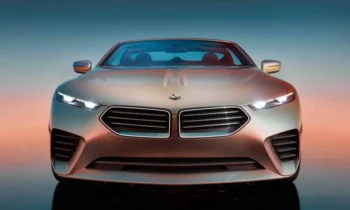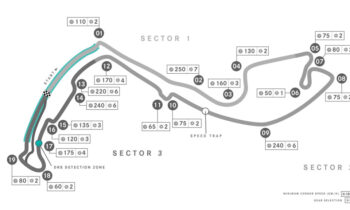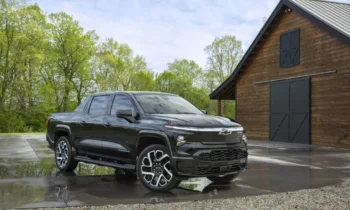The Audi A8 is now one of the oldest among its peers but a redesigned version of the flagship sedan was unveiled on Tuesday at a special event in Barcelona, Spain.
This new, fourth-generation A8 is due on sale in 2018, as a 2019 model, and though its design is a tad on the conservative side the technology residing within is a real tour de force.
Chief among the new technological features is what’s referred to as Audi AI, an artificial intelligence-based software system that controls the self-driving aspects of the car and also acts as an electronic concierge. Audi AI is the first self-driving system announced for production with “Level 3” self-driving capability. The most advanced self-driving system in showrooms today is Level 2 which requires constant monitoring by the driver who needs to able to take over in an instant in case of an emergency.
As outlined by the Society of Automotive Engineers (SAE), Level 3 is where a car can take complete control but only in specific situations and still with a driver ready to take over after a short warning period. In the A8, the system can handle traffic jams on long sections of uninterrupted roads, such as highways, as long as there is a central divider for oncoming lanes. In such conditions, the system can take over control at speeds up to 37 mph. It means you could use a phone or read a book while the system is active. Fans of the “Spider-Man: Homecoming” movie got a small preview of the system in action.
You won’t be able to nod off in a Level 3 car, though. Sleeping behind the wheel won’t be possible until more advanced Level 4 self-driving cars are realized. Level 4 cars will be able to handle specific situations on their own but may need a driver to take over in extreme circumstances, for example in poor weather or if insufficient map data is available. Many automakers predict Level 4 cars will be available by early next decade. Level 5, the ultimate goal, is where no driver is needed whatsoever.
Once again, two body styles are being offered. A standard model at 17.0 feet in length and a stretched version with an extra 5.1 inches of wheelbase.
Underpinning the car is the latest version of the Volkswagen Group’s MLB platform for front-wheel-drive cars with longitudinally mounted engines. The body continues to be a spaceframe structure composed of aluminum, around 58 percent of the total, plus steel, magnesium and even some carbon fiber-reinforced plastic (CFRP). Most notable is the use of CFRP in the rear panel, contributing 33 percent of the total torsional rigidity of the car.
Weight isn’t going down much, however, with the weight savings offset by the heavier weight of alternative powertrains and their batteries. Audi has confirmed that every version of the A8 will feature some form of electrification. That’s because all A8s will feature a 48-volt mild-hybrid system as standard, regardless of engine type. Mercedes-Benz has also previewed a mild-hybrid system which will debut soon on the S-Class.
Mild-hybrid systems replace the separate starter motor and generator (commonly referred to as an alternator) by a single, powerful motor-generator that can either be belt-driven (in the case of Audi) or integrated with the transmission (in the case of Mercedes). The more powerful unit assists the internal combustion engine, for example when moving off the line or under high-load situations. It also restarts the engine at traffic lights or after coasting, where the engine can be switched. And under braking, it can recover energy. In the A8, the system is said to provide a boost of approximately 16 horsepower. It also allows coasting with its engine switched off and drivetrain decoupled.




